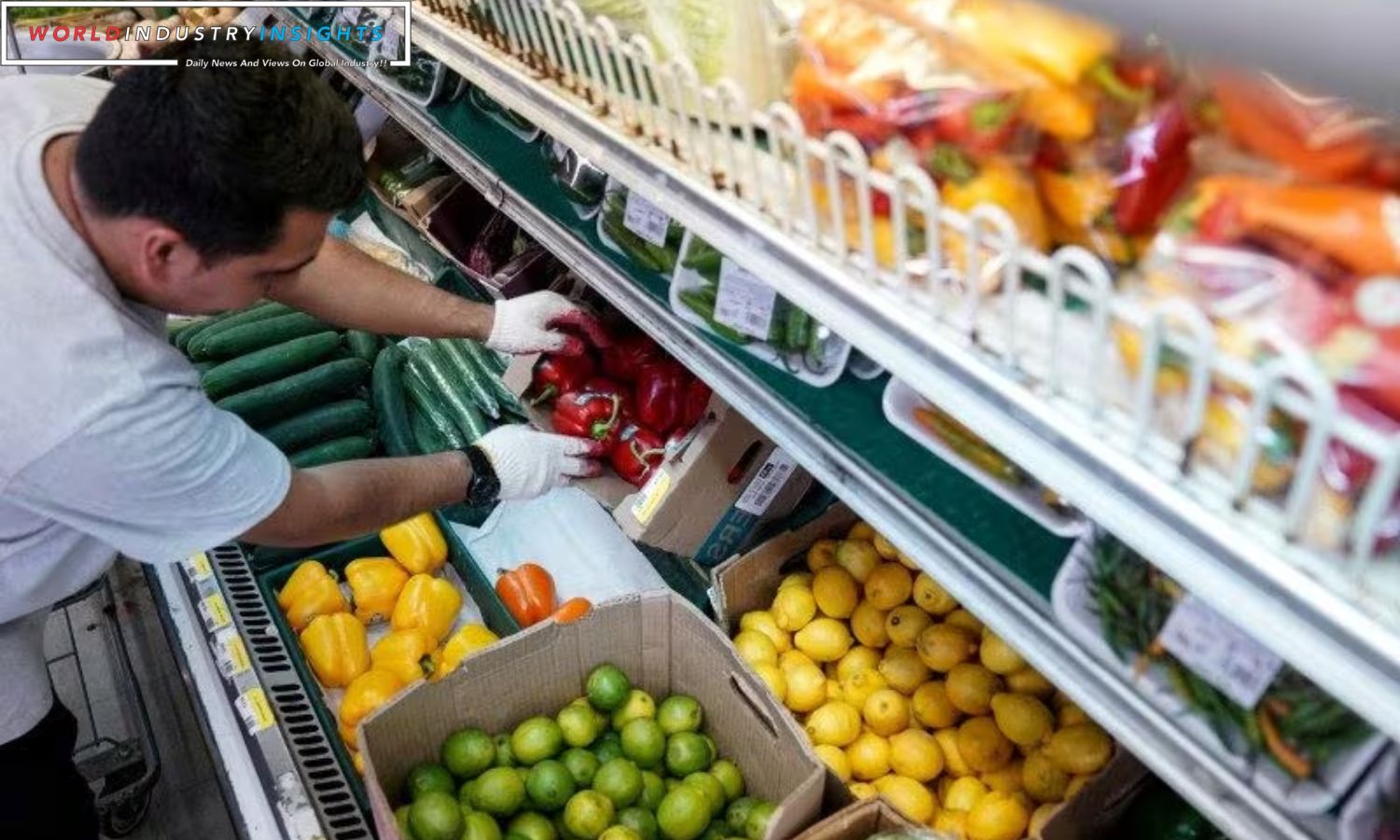Inflation Antics: In an unexpected turn, U.S. consumers are dialing up their expectations for inflation, throwing a curveball at the Federal Reserve. The University of Michigan’s latest consumer sentiment survey reveals a second consecutive monthly rise, projecting a 4.5% inflation rate over the next yearup from 4.2% in October and 3.2% in September. This divergence poses a conundrum for Fed policymakers navigating economic uncertainties.
“This surge in expectations is notable, given consumers are cognizant of the ongoing inflation deceleration,” pointed out Joanne Hsu, the survey director. “There’s a palpable concern among consumers that the current softening of inflation might reverse in the coming months and years.” Despite a significant slowdown in U.S. inflation since the summer of 2022, marked by the highest annual rate of price increases since the early 1980s, the Federal Reserve remains on high alert. Aggressive interest rate hikes were deployed to rein in inflation and target a 2% annual rate.
According to the central bank’s favored gauge, inflation has moderated to 3.4% from 7.1% in June 2022. But development has been patchy. Market opinion increasingly feels the tightening cycle has ended as the Fed’s policy rate has maintained stable at 5.25% to 5.50% since July.
Tuesday’s released meeting minutes emphasized the Fed’s cautious approach, signaling a commitment to further interest rate hikes only if progress in controlling inflation falters.
Also Read: Fed Cautious Pivot: Navigating Inflation and Growth with Care
Central to this assessment is the need for stable inflation expectations among the public. Accelerating expectations can influence consumer behavior, contributing to upward pressure on prices. In 2022, a rapid rise in consumer inflation expectations played a role in the Fed’s decision to intensify the pace of rate hikes. Quincy Krosby, Chief Global Strategist for LPL Financial, noted, “For a data-dependent Fed, this is not good news, as they do not want to see consumer inflation expectations become unanchored.”
However, the University of Michigan survey results present a contrasting view to other measures of inflation expectations that indicate moderation. A recent New York Fed survey revealed a decline in inflation expectations in October. Market-based measures, such as breakeven-inflation rates on U.S. Treasury Inflation-Protected Securities, are also showing a downward trend.
As the Federal Reserve grapples with these divergent signals, the challenge lies in understanding the nuanced interplay of consumer perceptions and economic realities. The heightened expectations revealed by the Michigan survey add a layer of complexity to an already intricate economic landscape.
Our Reader’s Queries
What are the 5 main causes of inflation?
Inflation can be caused by a variety of factors, including rising wages, higher raw material costs, increased taxes, decreased productivity, and an influx of money into the economy. To learn more about this economic phenomenon, check out our comprehensive guide on inflation. It covers everything from the different types of inflation to potential remedies and the impact of inflation on the economy.
What is causing inflation in 2023?
Between 2022 and 2023, the cost of goods experienced a significant increase, largely due to the vulnerability of supply chains. The global demand for products intensified, putting immense pressure on supply chains. As a result of supply chain congestion, inflation skyrocketed in the automobile industry.
Who is to blame for inflation 2023?
According to Federal Reserve chairman Jerome Powell in March 2023, inflation is being primarily driven by supply chain issues, a shift in consumer purchasing habits from services to goods, and a tight labor market.
Why is inflation bad right now?
Inflation is a pervasive force that impacts the prices of goods and services across the board. There are various factors that can contribute to inflation, including supply chain disruptions, heightened consumer demand, and economic stimulus measures. The recent uptick in inflation can be attributed to a combination of these factors, as well as the ongoing effects of the pandemic. If you’re wondering when inflation will subside, be sure to check out our informative guide.


